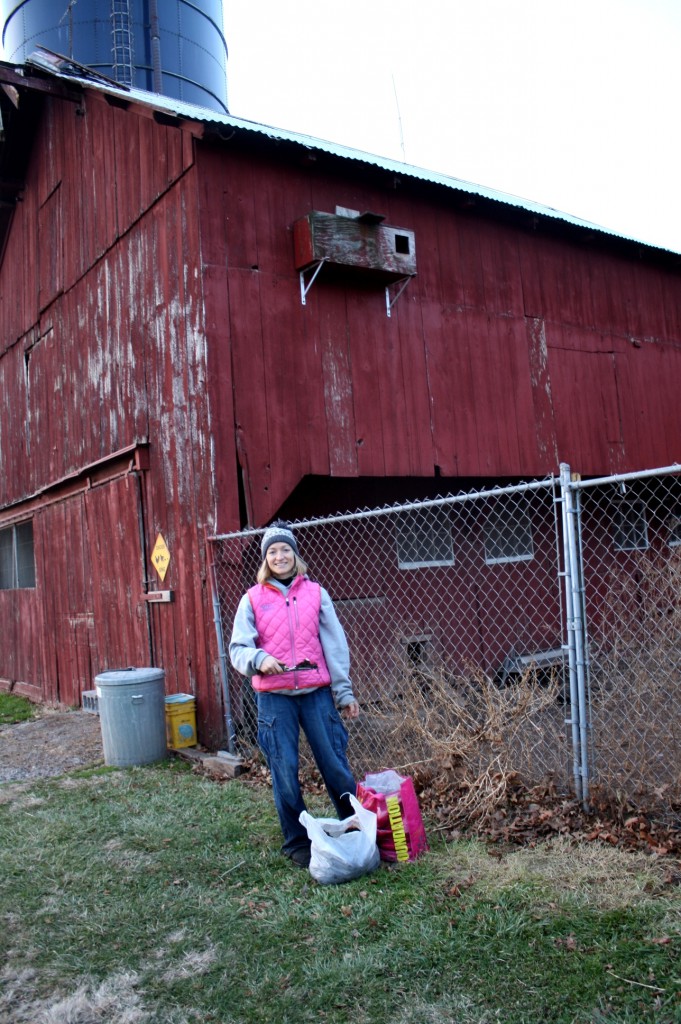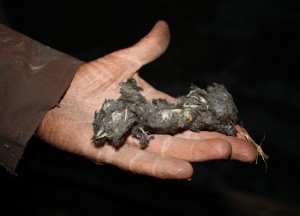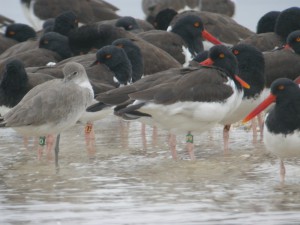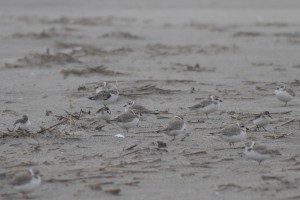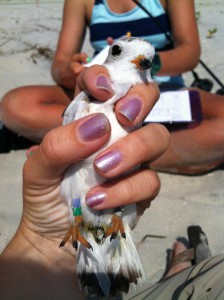MIGRANTS AND MANATEES
FOLLOWING OUR FLYWAY “FRIENDS” TO FLORIDA
By Todd Pover, Beach Nesting Bird Project Manager
When cold weather settles in, as it recently did, our thoughts often turn to the south and warmer temperatures. Many of our long-distance migrant bird species are one step ahead of us, having already flown south for the winter. Stephanie Egger and I, CWFNJ’s Beach Nesting Bird Project team, recently had the chance to join some of them in Florida.
The purpose of our trip was to attend the American Oystercatcher Working Group annual meeting to learn what our colleagues all along the Atlantic and Gulf coasts are doing to protect and study oystercatchers, and to share what we are doing in New Jersey as well. This year’s meeting was held in Cedar Key, Florida, a small town about two hours north of Tampa that is a very special place for oystercatchers. It is not unusual to find flocks of 500-1000 oystercatchers roosting on oyster shell rakes just offshore from this quiet gulf town, making it one of the most important wintering sites for this species in the U.S.
“New Jersey” oystercatchers are typically found in the Cedar Key flocks – birds that bred in New Jersey and were marked with orange color bands that have unique two-digit codes. These bands and similar bands or flags used by other states, help researchers track movements and learn about the long-term survival of this species. Continue reading “MIGRANTS AND MANATEES”
